By Louise Irvine
Afternoon Tea Week takes place every second week in August and is the perfect time to celebrate the great British tea tradition. This year, the event runs from August 8 to 14 so take some time to relax with a cup of tea and read about some of the ingenious and inspirational Victorian teapots at WMODA.
Afternoon Tea
The ritual of afternoon tea is credited to Anna Maria Russell, Duchess of Bedford, a lady-in-waiting to Queen Victoria. In the 1840s, she began entertaining her friends and serving light refreshments in the late afternoon. An energizing pot of tea and a light snack kept hunger pangs at bay before dinner in the evening. This convivial social occasion quickly became popular among the leisured classes and was often enjoyed in a garden setting on a summer afternoon.
Scandal
Catching up with the latest news and the opportunity to gossip were the main attractions for Victorian socialites at afternoon tea. Early in her reign, Queen Victoria and the Duchess created a scandal when they spread rumors that the unmarried Lady Flora Hastings was “with child”. When she died from cancer, the gossips were publicly criticized for tarnishing the reputation of an innocent woman.
In a rare stoneware sculpture at WMODA, Doulton’s first artist, George Tinworth, depicted three ladies avidly discussing the latest scandal, watched by a monkey and a parrot. In Victorian times, humorous comparisons were made between these two creatures in relation to humans - parrots with words and monkeys with gestures. Tinworth also portrayed his ubiquitous mice taking tea in human fashion. The little stoneware sculptures were used as entertaining conversation pieces and sometimes as menu holders.
Living up to the Teapot
Doulton’s Lambeth Studio also produced teapots with advice for would-be gossips coined by William Shakespeare, “Speak less than thou knowest” and “Have more than thou showest”. These words of wisdom were spoken by the Fool in King Lear as the king descends into madness. A matching sugar bowl and milk jug are inscribed with more of the Fool’s maxims, “Lend more than thou owest” and “Learn more than thou trowest (believe).” Doulton produced their stoneware motto tea sets with devilish details including a grotesque handle, spout and finial handle. The same teapot shape can be found with other sayings such as “The best is not too good” and “Good is not good enough”. Living up to the Doulton motto teapots takes on another meaning from George du Maurier’s famous cartoon for Punch magazine!
High Tea
Afternoon tea is an indulgent, informal occasion not to be confused with high tea, however posh it sounds. Traditionally, afternoon tea was served on a small low table as opposed to a high dinner table. High tea became the main evening meal for working families with a hearty selection of cold meats, cheese, pies, and other savory dishes as opposed to the finger sandwiches and pastries traditionally served at afternoon tea.
Royle’s Self Pouring Teapot
Teapots grew bigger to cater for large family meals culminating in the Royle’s Self-pouring design patented in 1886 and promoted as ‘a boon for mothers of large families.’ This labor-saving invention did not need to be lifted as it worked on a vacuum plunger principle whereby a cup of tea gushed out of the spout when the lid mechanism was raised and depressed.
Royle’s patent teapot was supplied to Queen Victoria according to the advertisements of the day. The propaganda promised “no more aching arms”, “save 25% of tea” and “secures the whole strength and flavor of the tea as the water is driven through the leaves.” It was claimed that 10,000 Self-pouring teapots were sold in the first year of the patent and over 250,000 sold when it was advertised in the US. They were produced in Britannia metal, electro plate and Doulton ware. Doulton’s factory in Burslem made at least 30 popular printed patterns.
John J. Royle was a prolific engineer and inventor from Manchester. As well as his ingenious teapot, he produced a self-pourung wine decanter, an eggbeater, timed egg boiler, smokeless fuel stoves and irons. His labor-saving Aquarius toilet set was made by Doulton and shown at the Chicago exhibition in 1893. The firm’s handsome office building in London featured a terracotta façade by Doulton’s of Lambeth which can still be seen today.
Simple Yet Perfect Teapot
The teapot has experienced many ‘improvements’ to facilitate brewing and pouring. The Simple Yet Perfect teapot was an ingenious design invented in 1905 by Douglas Cochrane, 12th Earl of Dundonald from Scotland. The SYP lies on its back while the tea leaves are infusing in a built-in shelf. The pot is tilted half-way to drain the hot water from the tea leaves and it is turned upright to pour. With this clever separation of leaves, the tea does not stew in the pot. The Simple Yet Perfect teapot was produced under patent by the Longport Pottery in Stoke-on-Trent in 1908 and was also made in popular printed patterns by Wedgwood.
Cadogan Teapot
Another amusing talking point at afternoon tea parties was the Cadogan teapot which has no apparent opening. It was derived from a Chinese porcelain wine pot owned by the Earl of Cadogan and was first used to serve tea by the Marchioness of Rockingham. The secret is to turn the pot upside down so that the tea and hot water can be poured in through a hole in the base which leads to a tube that spirals up the interior of the pot. When the pot is turned upright, the liquid enters the body of the vessel and can be served through the spout. The interior of the Cadogan teapot was difficult to clean and it was probably mostly used for hot water.
Cadogan pots were made by the Rockingham Pottery in Yorkshire until 1842. The factory was famous for their deep brown earthenware glaze which became known as Rockingham Ware and was widely produced in Britain and the United States in the 19th century. Copeland made Cadogan teapots in the Rockingham glaze at the Spode Works in Stoke-on-Trent. Traditional Brown Betty teapots also have a Rockingham glaze.
Visit the Art of Tea exhibition at WMODA to see these ingenious designs and many other novelty teapots loaned by Angela Scott and Dr. Unjeria Jackson.
Thank you to Steve Royle for supplying photos of the Royle’s Self-Pouring Teapot. Read more on his website
Read more about...
The Art of Tea with Wedgwood
Time for Tea
Teatime Tango
The Mad Tea Party
Tea with a Twist
Afternoon Tea Week
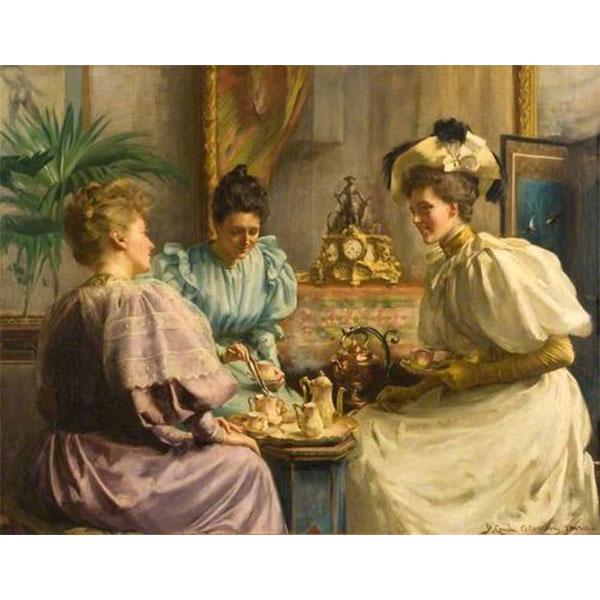
5 o'Clock Tea D. C. Adamson
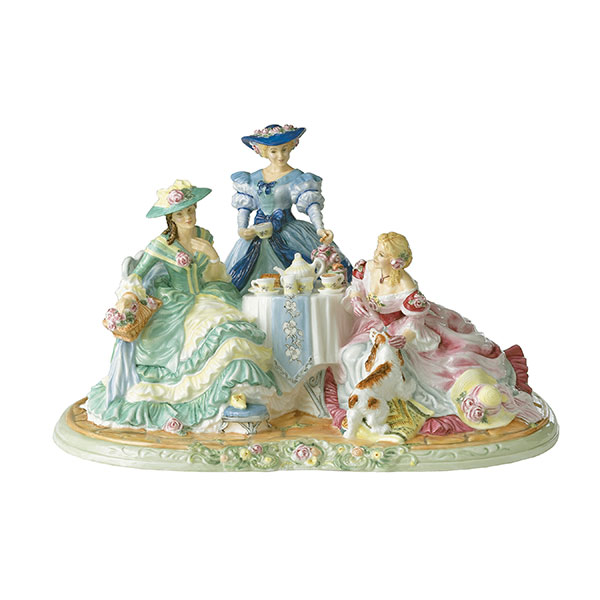
Royal Doulton Rose Garden V. Annand
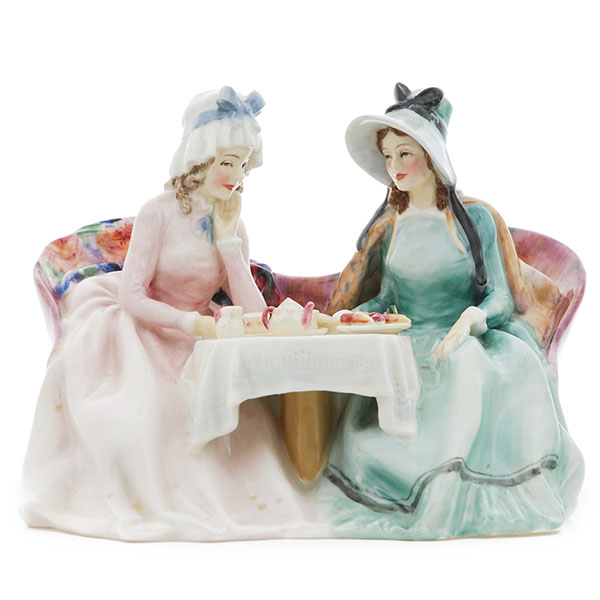
Royal Doulton Afternoon Tea P. Railston

Royal Doulton Rose Garden V. Annand
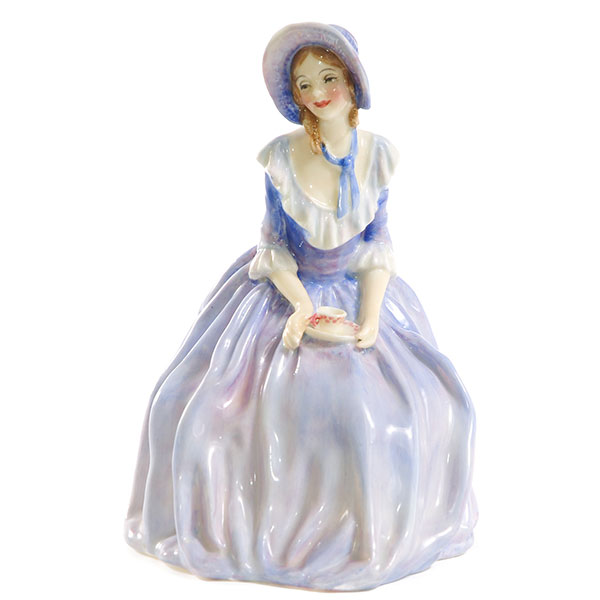
Royal Doulton 4 o'Clock L. Harradine
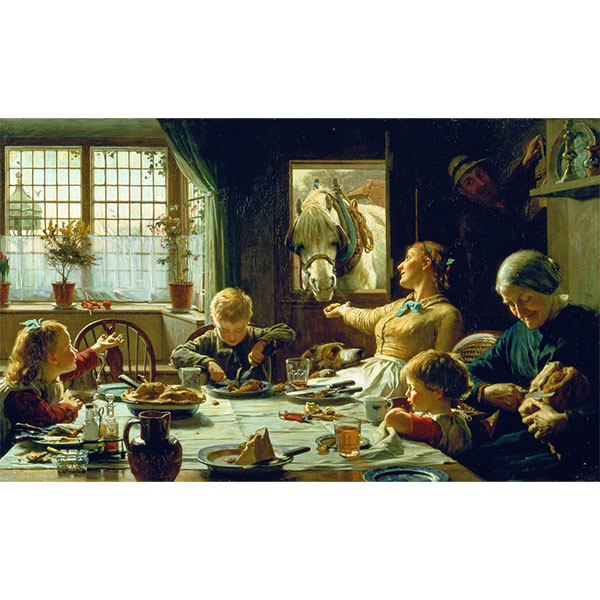
High Tea One of the Family F. G. Cotman
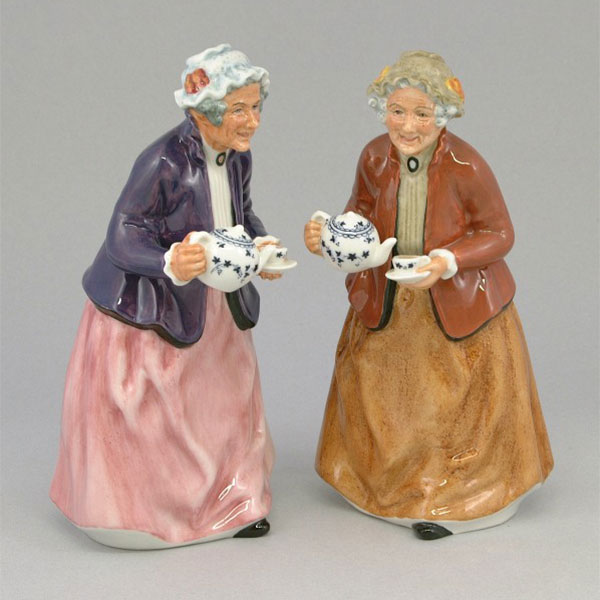
Royal Doulton Teatime M. Nicoll
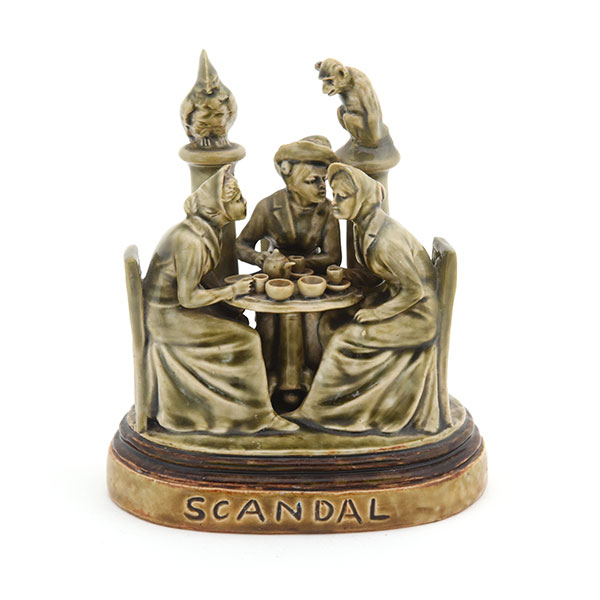
Doulton Stoneware Scandal G. Tinworth
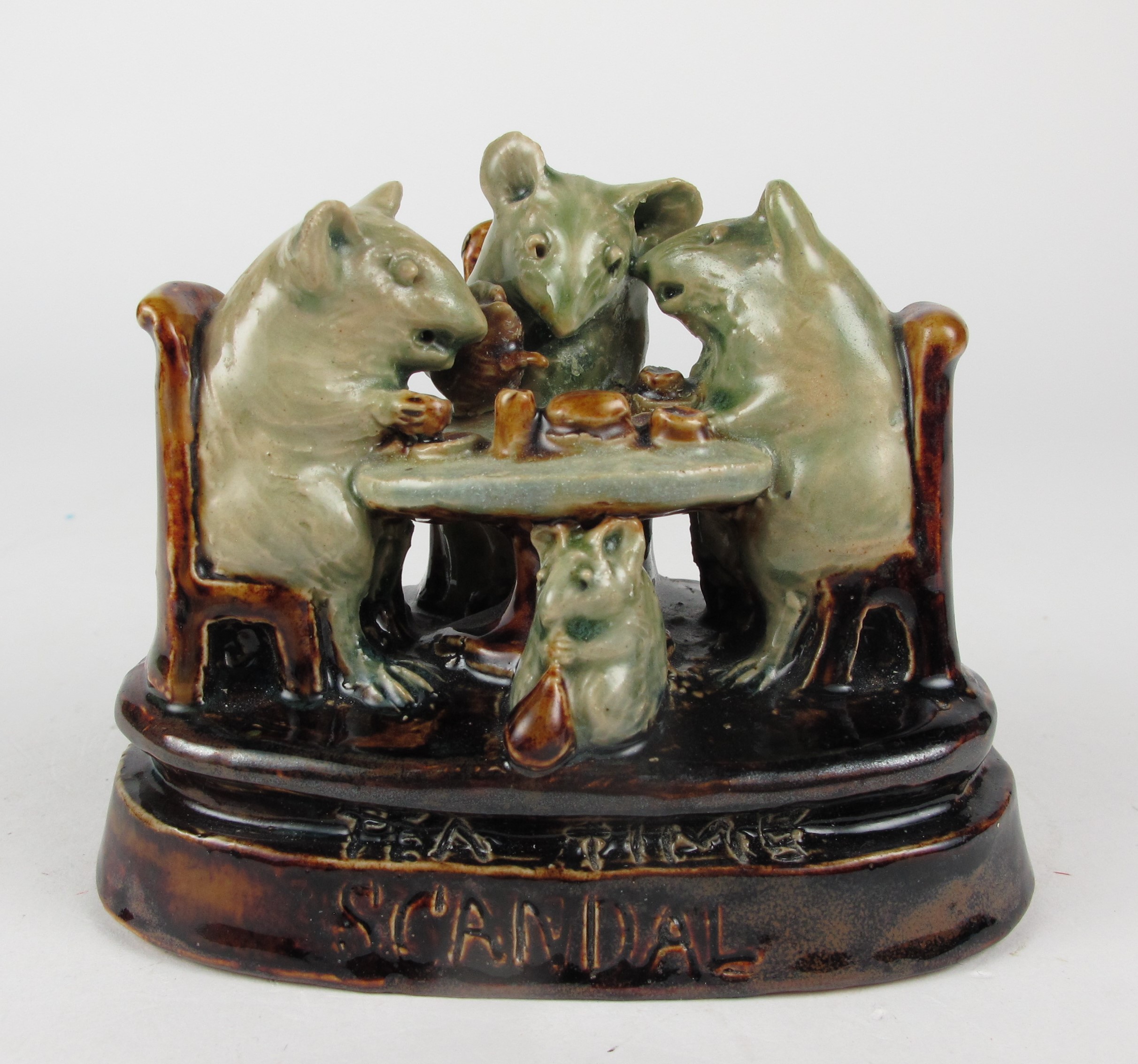
Doulton Teatime Scandal G. Tinworth
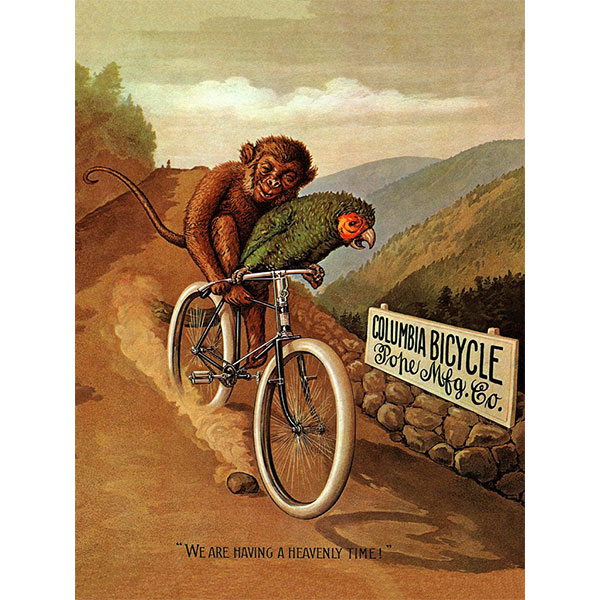
Columbia Bicycles Ad C. M. Coolidge 1895
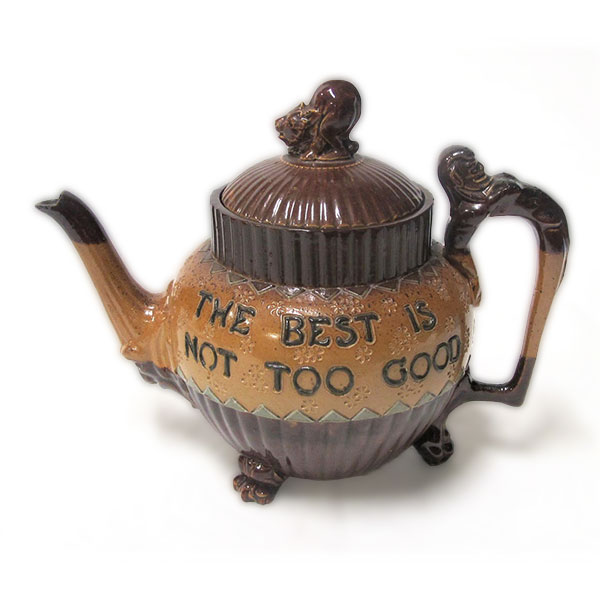
Doulton Stoneware Teapot “The Best is Not Too Good”
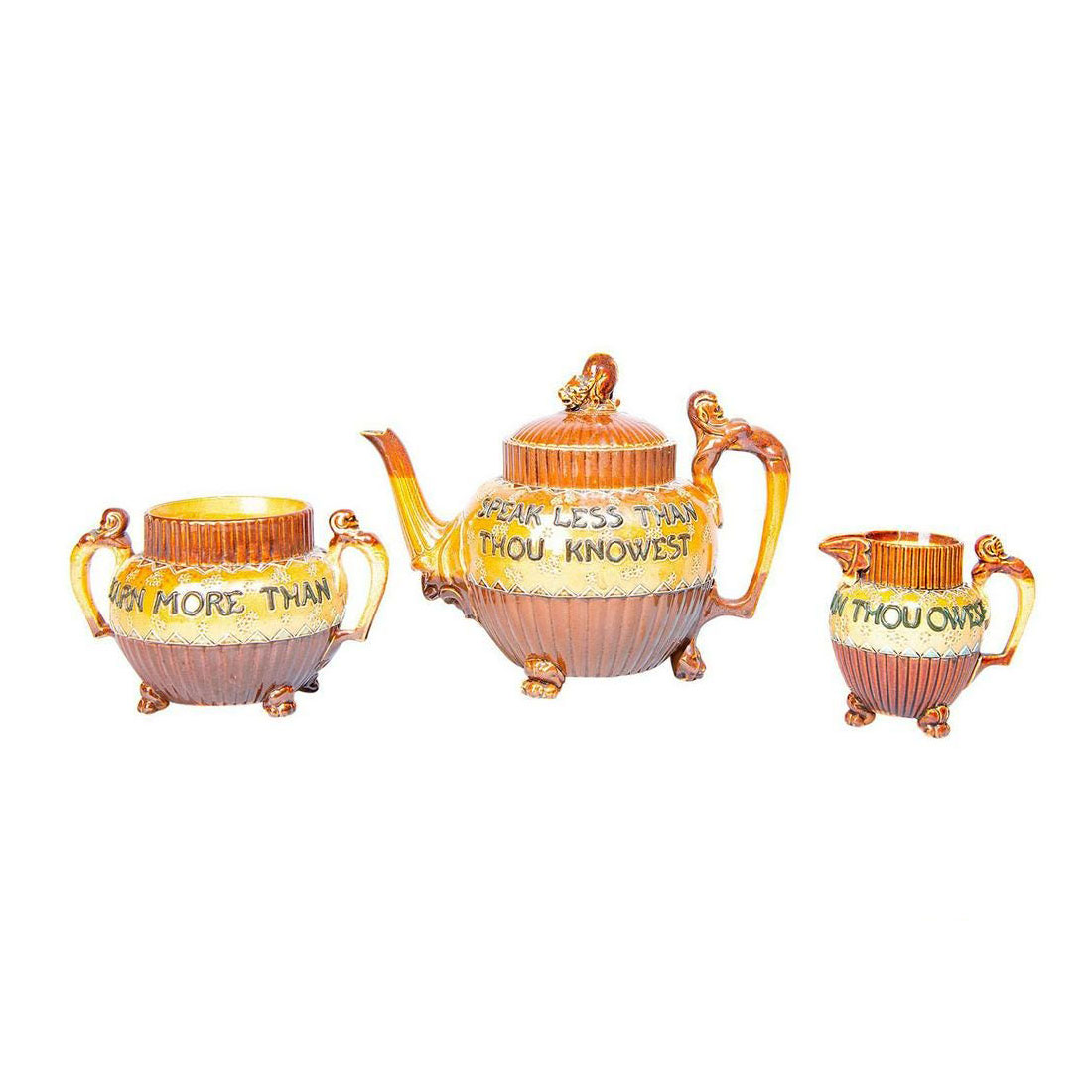
Doulton Stoneware Motto Teaset
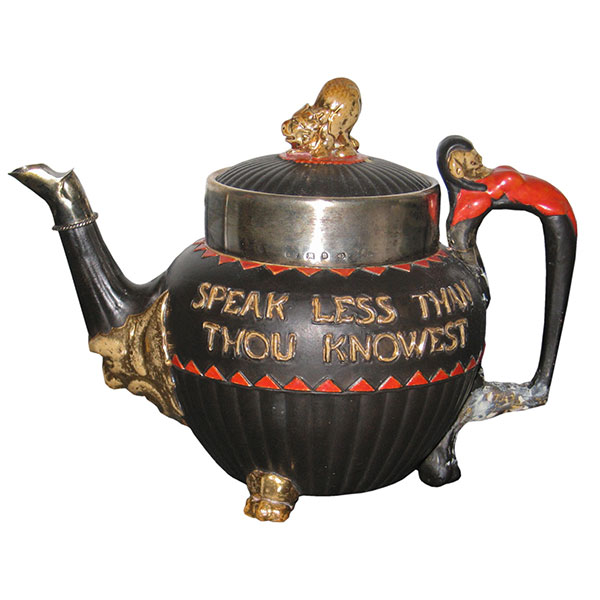
Doulton Lambeth Motto Teapot
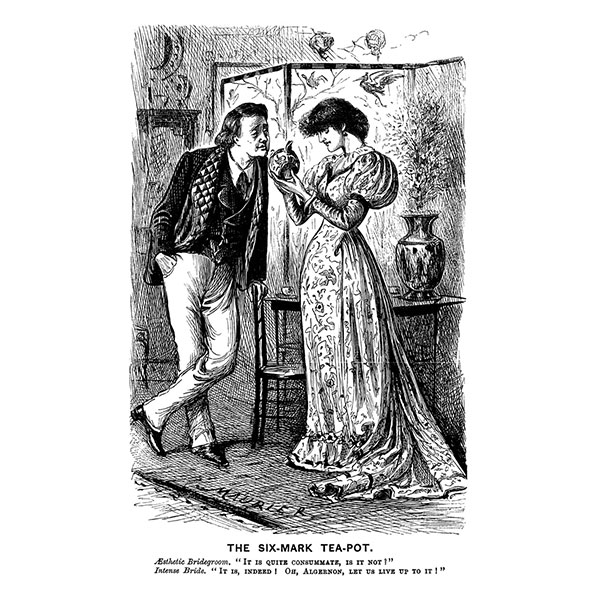
Living Up to The Teapot George du Maurier Punch Magazine 1880
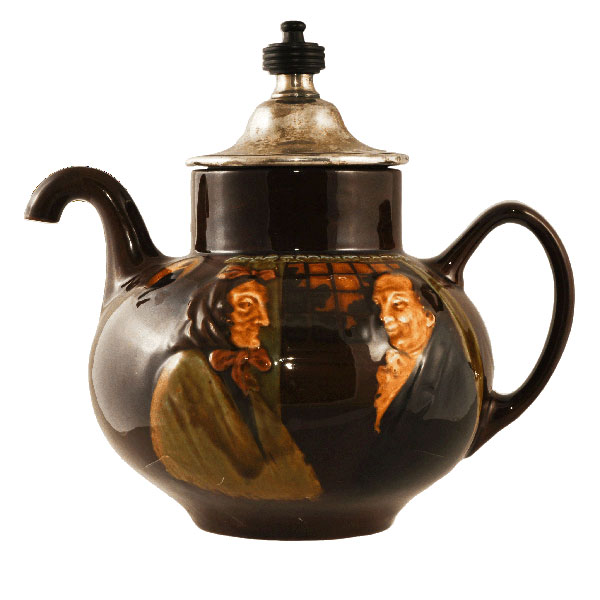
Doulton Kingsware Darby and Joan Royle's Teapot
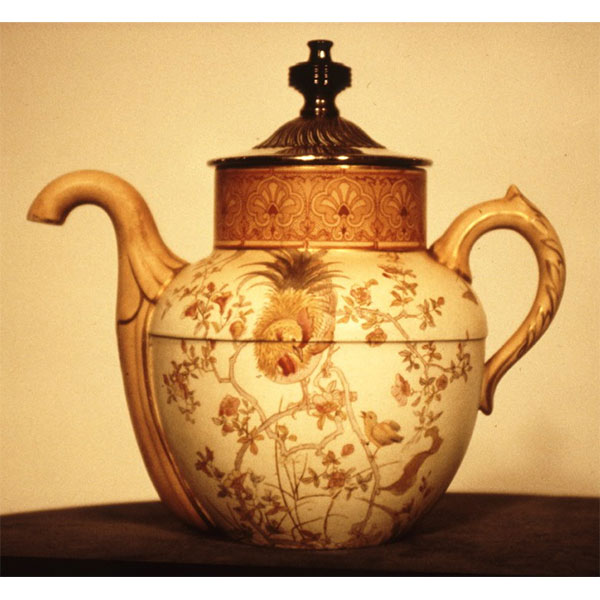
Royle’s Doulton Burslem Teapot
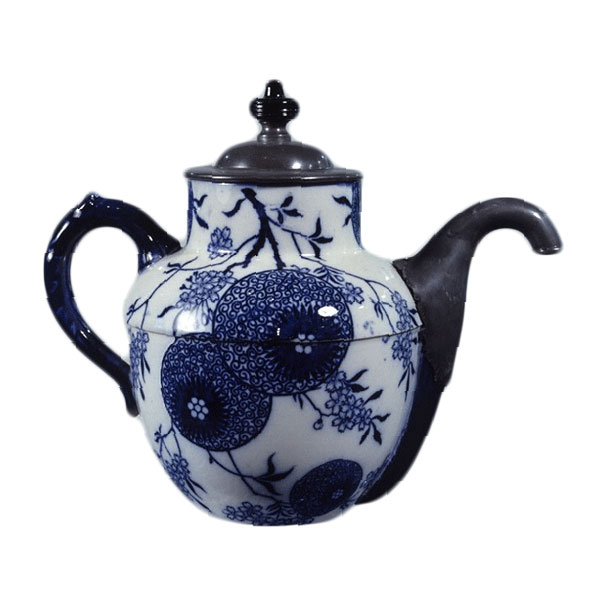
Royle's Doulton Self-pouring Teapot
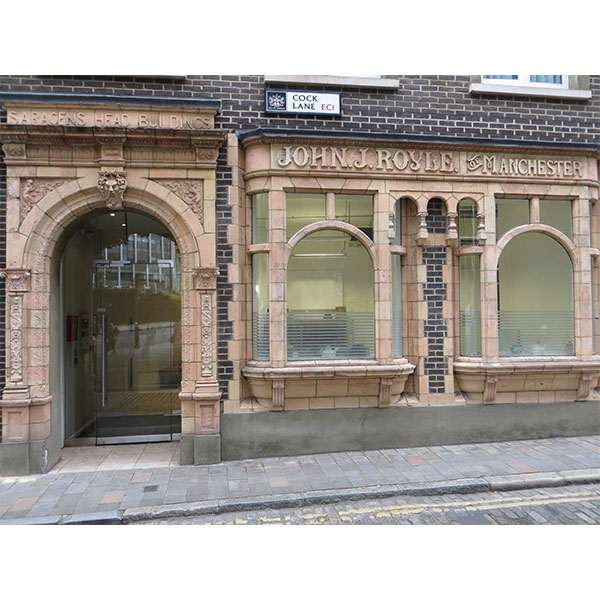
John J. Royle's Cock Lane London
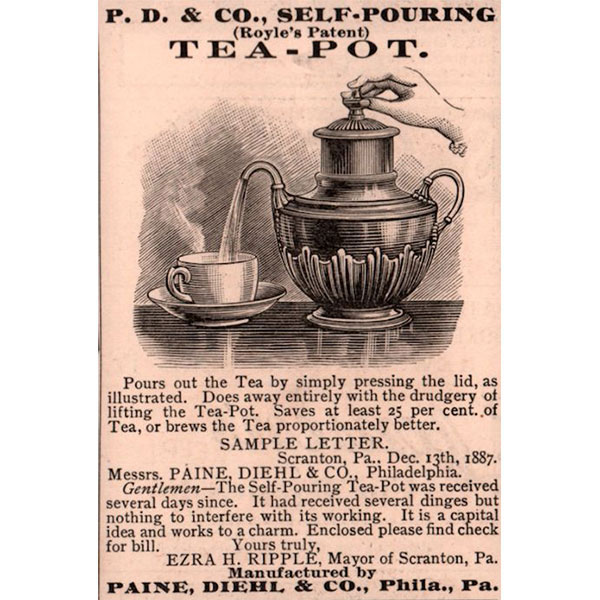
Royle's Patent Teapot Advert
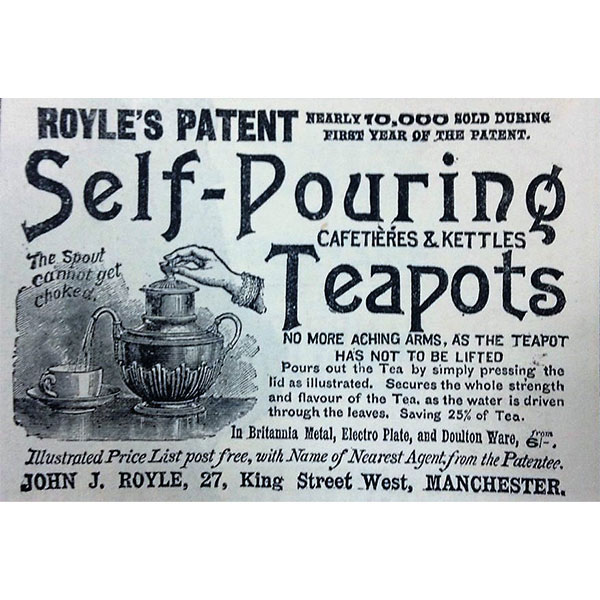
Royle’s Self-pouring Teapot
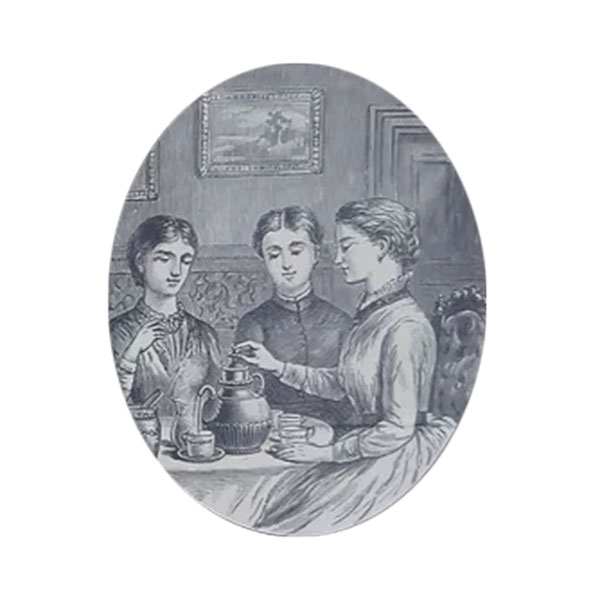
J J Royle's Advert 1887
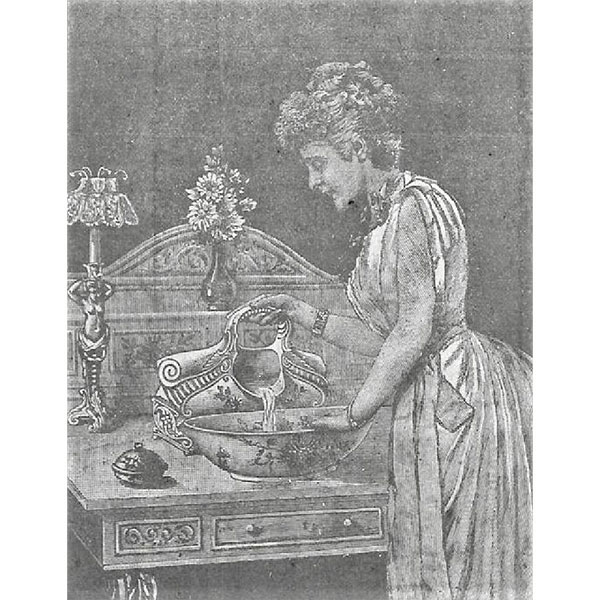
Royle’s Patent Teapot Advert & Royle’s Self Pouring Teapot
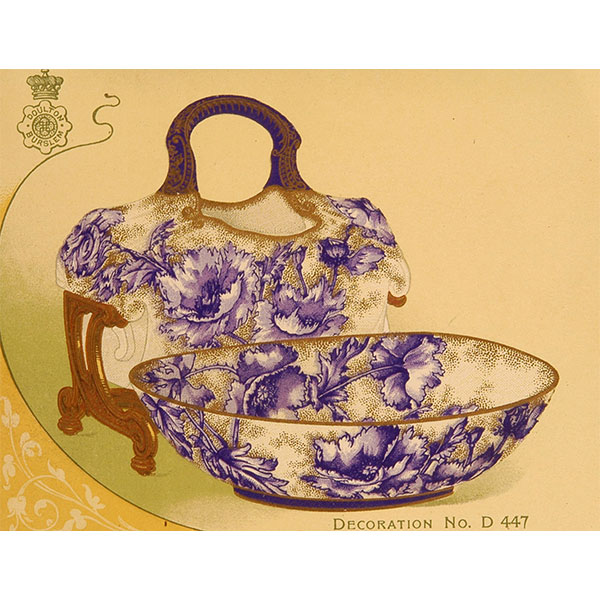
Doulton Royle's Patent Aquarius
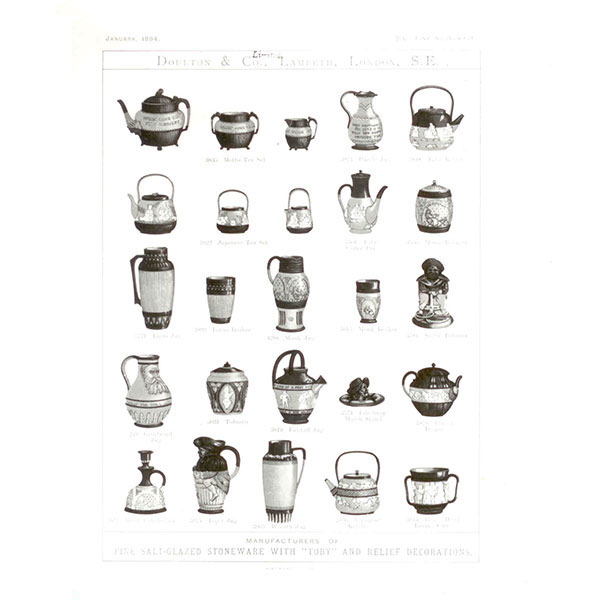
Doulton Lambeth Catalog Page
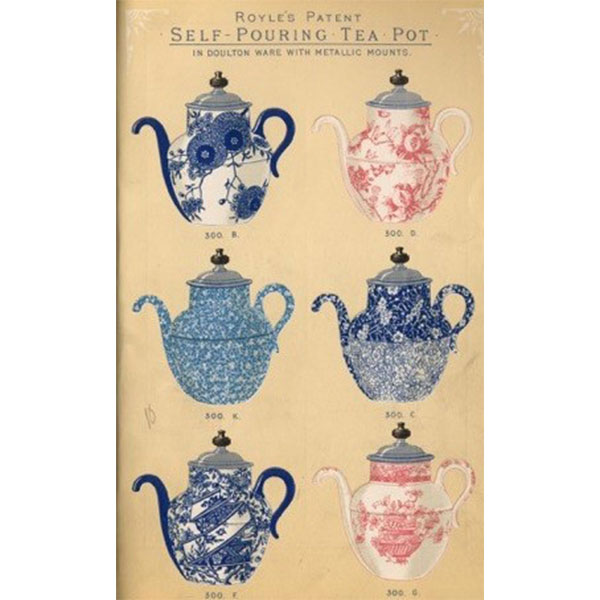
Doulton Royle's Patent Teapot Catalog
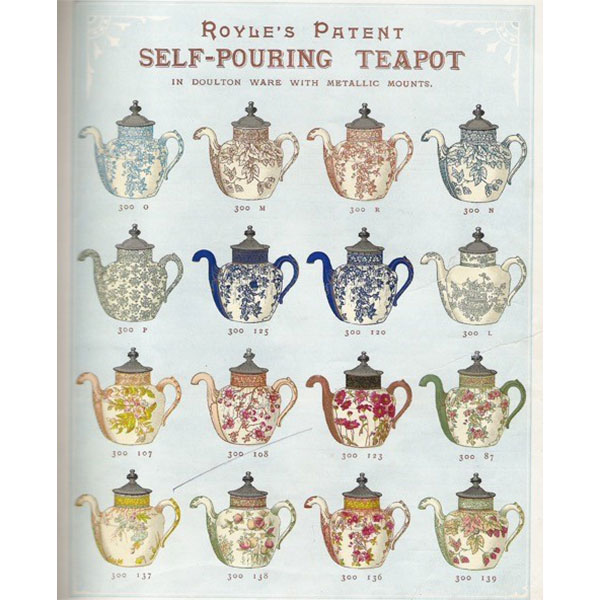
Doulton Royle's Patent Teapot Catalog
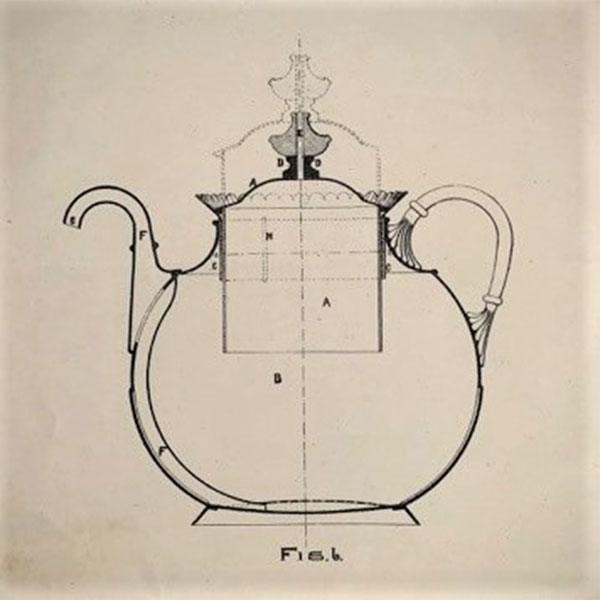
Royle's Design
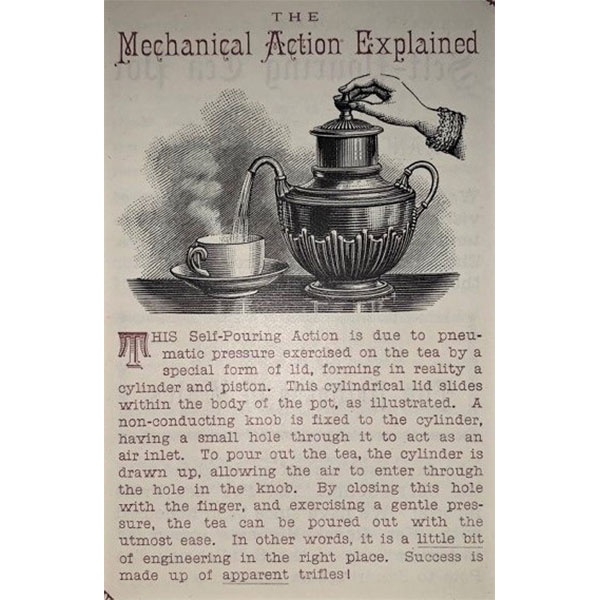
Royle's Mechanical Action Explained
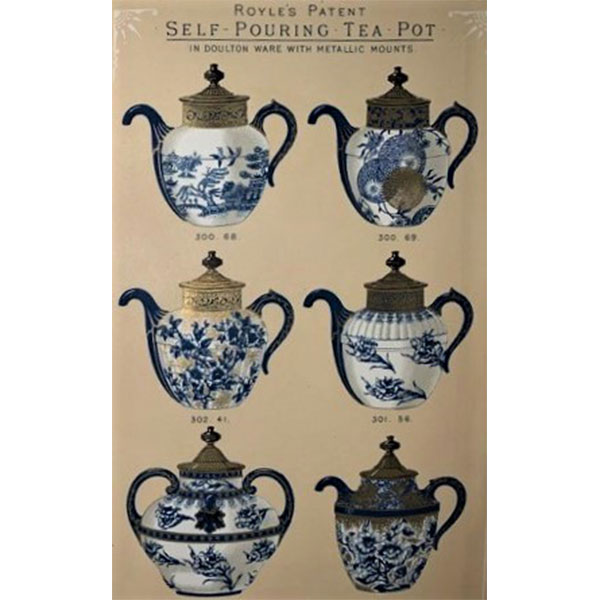
Royle's Patent Teapot Doulton Blue White Patterns
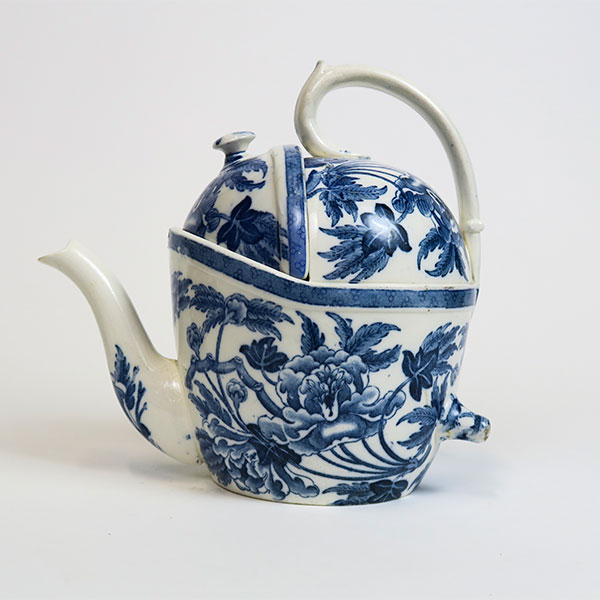
Wedgwood SYP Teapot
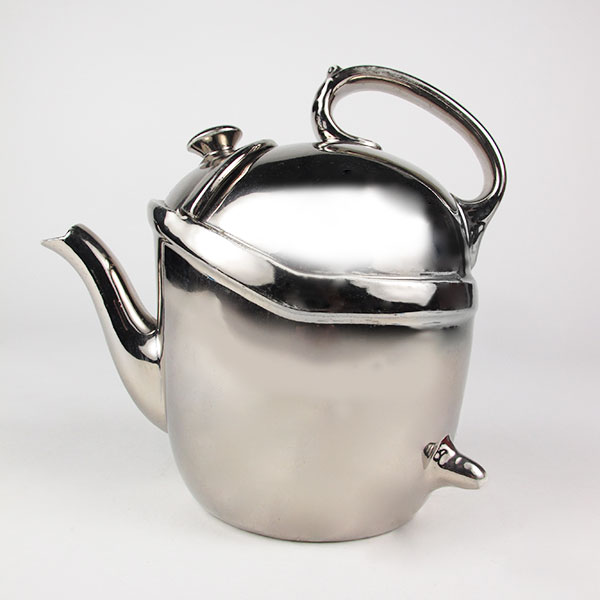
Longport Pottery SYP Teapot
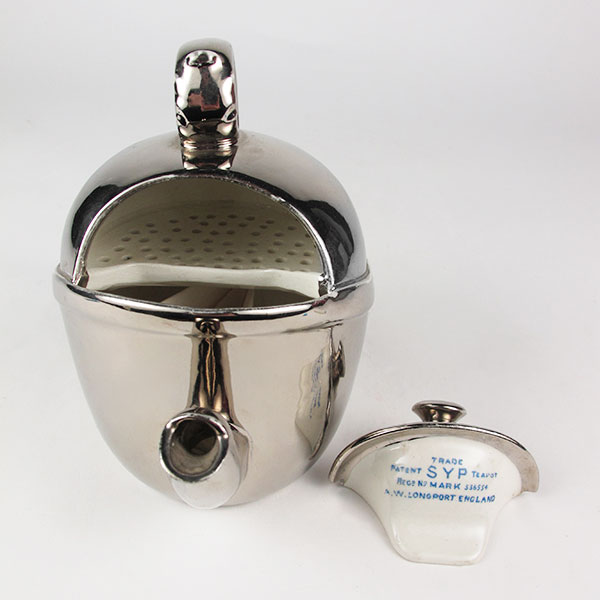
Longport Pottery SYP Teapot
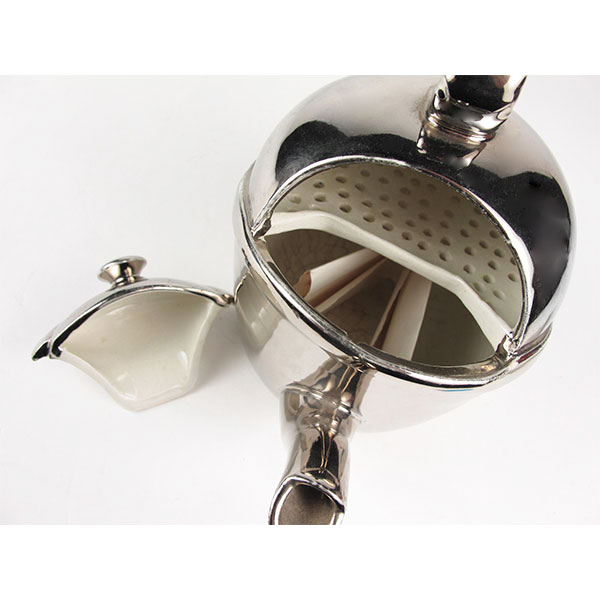
Longport Pottery SYP Teapot
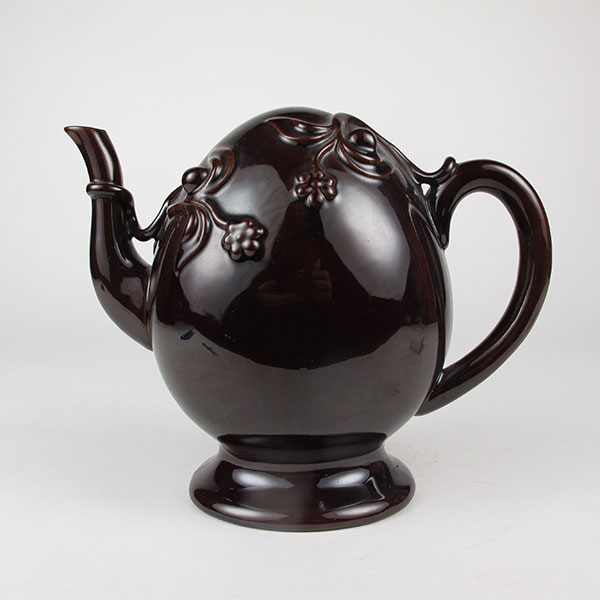
Copeland Cadogan Teapot
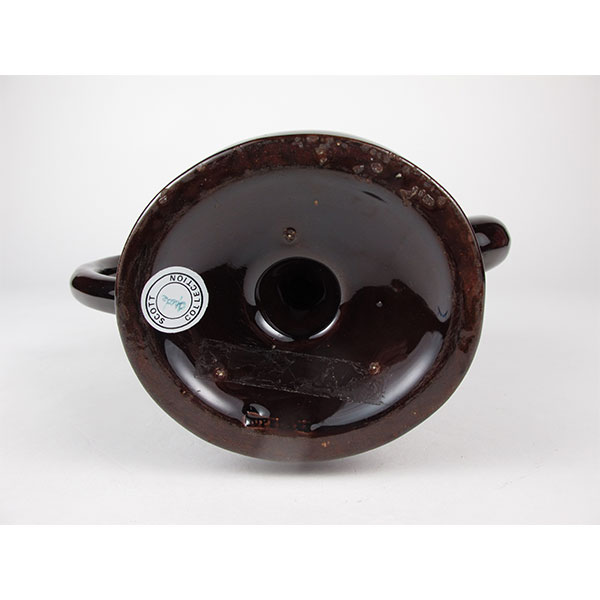
Base of Copeland Cadogan Teapot
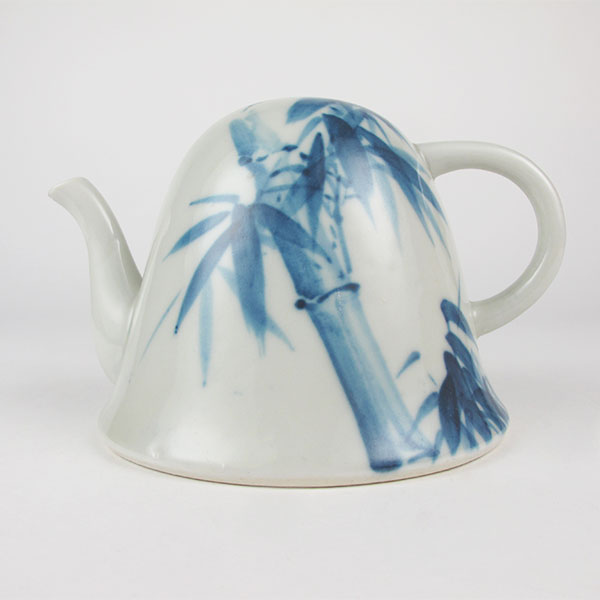
Cadogan Style Pot
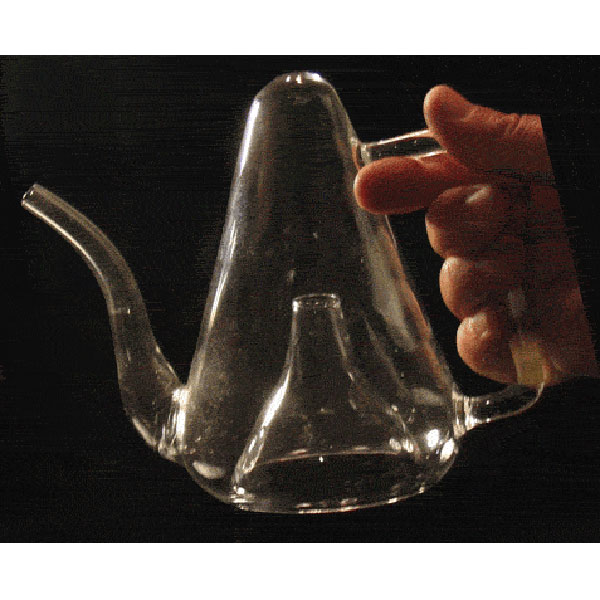
Cadogan Teapot Inside
